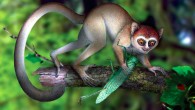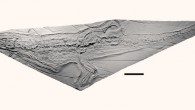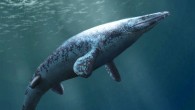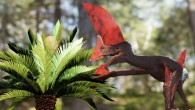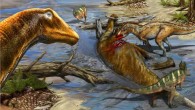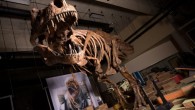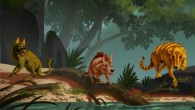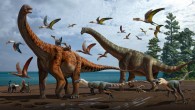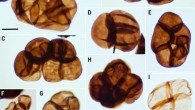Paleontologists have described a new species of kiwi that lived during the mid-Pleistocene period on the North Island of New Zealand. The little spotted kiwi (Apteryx owenii). Artwork by John Gerrard Keulemans, 1870s. “Kiwi are an enigmatic and threatened group of birds, unique to New Zealand, with six living species recognized,” said Dr. Alan Tennyson from the Museum of New Zealand Te Papa Tongarewa and Dr. Barbara Tomotani from the Netherlands...



